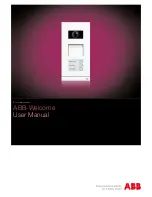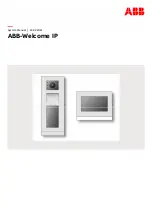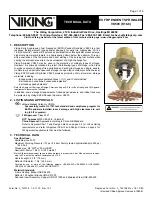
©Copyright Task Force Tips, Inc. 2011-2013
LIG-012 April 9, 2013 Rev02
3
2.0 SAFETY
The Task Force Tips G-Force nozzles are designed to provide excellent performance under most fi re fi ghting conditions. Their
rugged construction is compatible with the use of fresh water (see section 3.0 for saltwater use) as well as fi re fi ghting foam
solutions.
DANGER
An inadequate supply of nozzle pressure and/or fl ow will cause an ineffective stream and can
result in injury, death, or loss of property. See fl ow graphs in section 4.0 or call 800-348-2686
for assistance.
WARNING
The nozzle may be damaged if frozen while containing signifi cant amounts of water. Such
damage may be diffi cult to detect visually and can lead to possible injury or death. Any time the
nozzle is subject to possible damage due to freezing, it must be tested by qualifi ed personnel
before being considered safe for use.
WARNING
This equipment is intended for use by trained personnel for fi refi ghting. Their use for other
purposes may involve hazards not addressed by this manual. Seek appropriate guidance and
training to reduce risk of injury.
WARNING
Nozzle reaction will vary as supply conditions change: such as opening or closing other
nozzles, hose line kinks, changes in pump settings, etc. Changes in spray pattern or fl ushing
will also affect nozzle reaction. The nozzle operator must always be prepared in the event of
these changes. Failure to restrain nozzle reaction can cause fi refi ghter injury from loss of
footing and/or stream protection.
WARNING
If nozzle gets out of control or away from operator, retreat from nozzle immediately. Do not
attempt to regain control of nozzle while fl owing water. Injury from whipping can occur.
WARNING
Water is a conductor of electricity. Application of water on high voltage equipment can cause
injury or death by electrocution. The amount of current that may be carried back to the nozzle
will depend on the following factors:
• Voltage of the line or equipment
• Distance from the nozzle to the line or equipment
• Size of the stream
• Whether the stream is solid or broken
• Purity of the water
1
1 The Fire Fighter and Electrical Equipment, The University of Michigan Extension Service, Fourth Printing 1983. Page 47
WARNING
Improper use of foam can result in injury or damage to the environment. Follow foam
manufacturer’s instructions and fi re service training to avoid:
• Using wrong type of foam on a fi re. i.e. Class A foam on a Class B fi re.
• Plunging foam into pools of burning liquid fi res.
• Causing environmental damage.
• Directing stream at personnel.
WARNING
There is a wide variety of foam concentrates. Each user is responsible for verifying that any
foam concentrate chosen to be used with this unit has been tested to assure that the foam
obtained is suitable for the purpose intended.
WARNING
For Class B fi res, lack of foam or interruption in the foam stream can cause a break in the foam
blanket and greatly increase the risk of injury or death. Assure that:
•
Application rate is suffi
cient (see NFPA 11 or foam manufacturer’s
recommendations).
• Enough concentrate is on hand to complete task (see NFPA for minimum duration
requirements).
• Foam logistics have been carefully planned. Allow for such things as:
o Storage of foam in a location not exposed to the hazard it protects.
o Personnel, equipment, and technique to deliver foam at a rapid enough rate.
o Removal of empty foam containers.
o Keeping clear path to deliver foam as hoses, other equipment, and vehicles are
deployed.
CAUTION
Water streams are capable of injury and damage. Do not direct water stream to cause injury or
damage to persons or property.


































